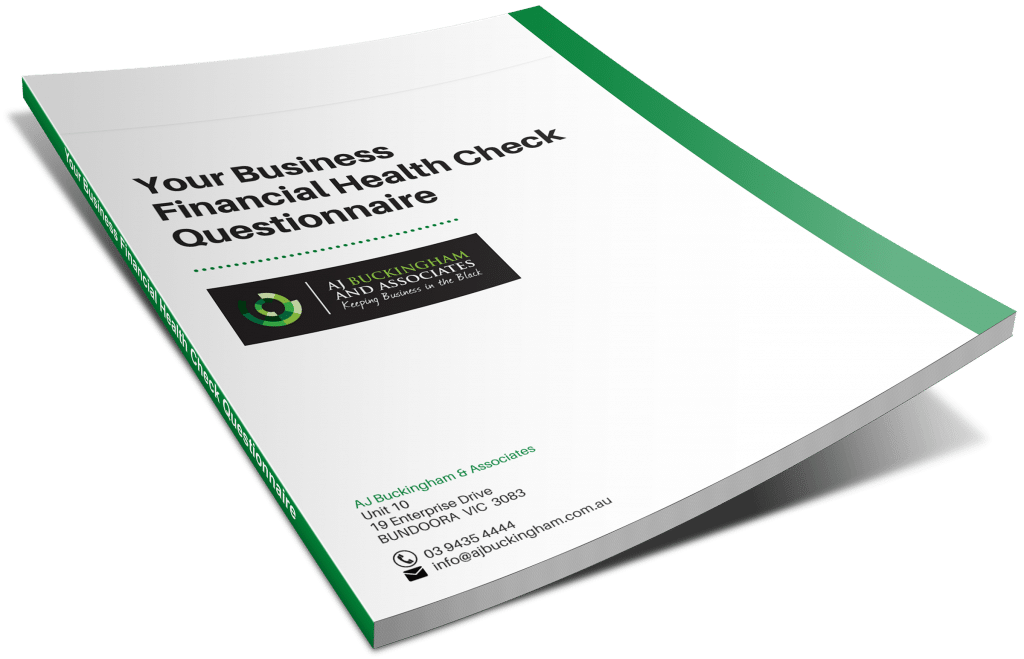INCREASE IN SUPER GUARANTEE CONTRIBUTION RATE
From July 1, 2021 the compulsory Super Guarantee Contribution rate increases from 9.5% to 10%. The rate will increase again to 10.5% from July 1, 2022 and 11% from July 1, 2023.
The maximum super contribution base used to determine the maximum limit on any individual employee’s earnings base for each quarter of 2020/21 is $57,090 and for 2021/22 is $58,920 per quarter. You do not have to provide the minimum support for the part of earnings above this limit.
CONCESSIONAL CONTRIBUTION CAP OF $25,000 FOR EVERYONE
The tax-deductible superannuation contribution limit or cap is $25,000 for all individuals regardless of their age and this cap increases to $27,500 for the 2021/22 financial year.
If eligible and appropriate, consider making the most of your 2020/21 financial year annual concessional contributions cap with a concessional contribution. Note that other contributions such as employer Superannuation Guarantee Contributions (SGC) and salary sacrifice contributions will have already used up part of your concessional contributions cap. If your total superannuation balance as at June 30, 2020 was less than $500,000 you may be in a position to carry-forward unused concessional caps starting from the 2018/19 financial year.
Members can access their unused concessional contributions caps on a rolling basis for five years and amounts carried forward that have not been used after five years will expire. The 2019/20 financial year was the first year in which you could access unused concessional contributions and by making a concessional contribution to your super, you could reduce your personal income tax for this financial year and provide for your future retirement.

If eligible and appropriate, consider utilising all or part of your 2020/21 financial year annual non-concessional contributions cap by making a non-concessional contribution. If you are not currently in a non-concessional contributions bring forward period, consider whether you may be in a position to ‘bring-forward’ your non-concessional contributions caps for the 2021/22 and 2022/23 financial years, and contribute up to $300,000 for the 2020/21 financial year.

*A non-concessional contribution generally refers to an after-tax contribution that isn’t (or can’t be) claimed as a tax deduction by the contributor, e.g. personal contributions not claimed as a tax deduction and spouse contributions (for the recipient).
The advantage of making the maximum tax-deductible superannuation contribution before June 30, 2021 is that superannuation contributions are taxed at between 15% and 30%, compared to personal tax rates of between 32.5% and 45% (plus 2% Medicare levy) for an individual taxpayer earning over $45,000.
Typically, self-employed individuals and those who earn their income primarily from passive sources like investments make their super contributions close to the end of the financial year to claim a tax deduction. However, individuals who are employees may also use this strategy and those who might want to take advantage of this opportunity would typically include individuals:
- who work for an employer that doesn’t permit salary sacrifice,
- who work for an employer that does enable salary sacrifice (but it’s disadvantageous due to a reduction in entitlements), and
- who are salary sacrificing but want to make a top-up contribution to utilise their full concessional contributions cap.
GOVERNMENT CO-CONTRIBUTION TO YOUR SUPERANNUATION
The Government co-contribution is designed to boost the superannuation savings of low and middle-income earners who earn at least 10% of their income from employment or running a business. If your income is within the thresholds listed in the table below and you make a ‘non-concessional contribution’ to your superannuation, you may be eligible for a Government co-contribution of up to $500.

To be eligible you must be under 71 years of age as at June 30, 2021. In 2020/21, the maximum co-contribution is available if you contribute $1,000 and earn $39,837 or less. A lower amount may be received if you contribute less than $1,000 and/or earn between $39,837 and $54,837.

The matching rate is 50% of your contribution and a additional eligibility requirements were added from 1 July 2017 which include:
- having a total superannuation balance of less than $1.6 million on 30 June of the year before the year the contributions are being made
- having not exceeded your non-concessional contributions cap in the relevant financial year.
SALARY SACRIFICE TO SUPERANNUATION
If your marginal tax rate is 19% or more, salary sacrificing can be an effective way to boost your superannuation and also reduce your tax. By putting pre-tax salary into superannuation instead of having it taxed at your marginal tax rate you may save tax. This can be particularly beneficial for employees approaching retirement age.
SELF-MANAGED SUPERANNUATION
A Self-Managed Superannuation Fund (SMSF) can provide significant tax savings but they don’t suit everyone. There are significant regulations surrounding the management and administration of SMSF’s. With the end of the financial year approaching, now is a good time to discuss the pros and cons of establishing your own SMSF. It might be appropriate to establish a SMSF in conjunction with other tax planning opportunities. If you would like more information about self managed superannuation funds we invite you to consult with us today.


